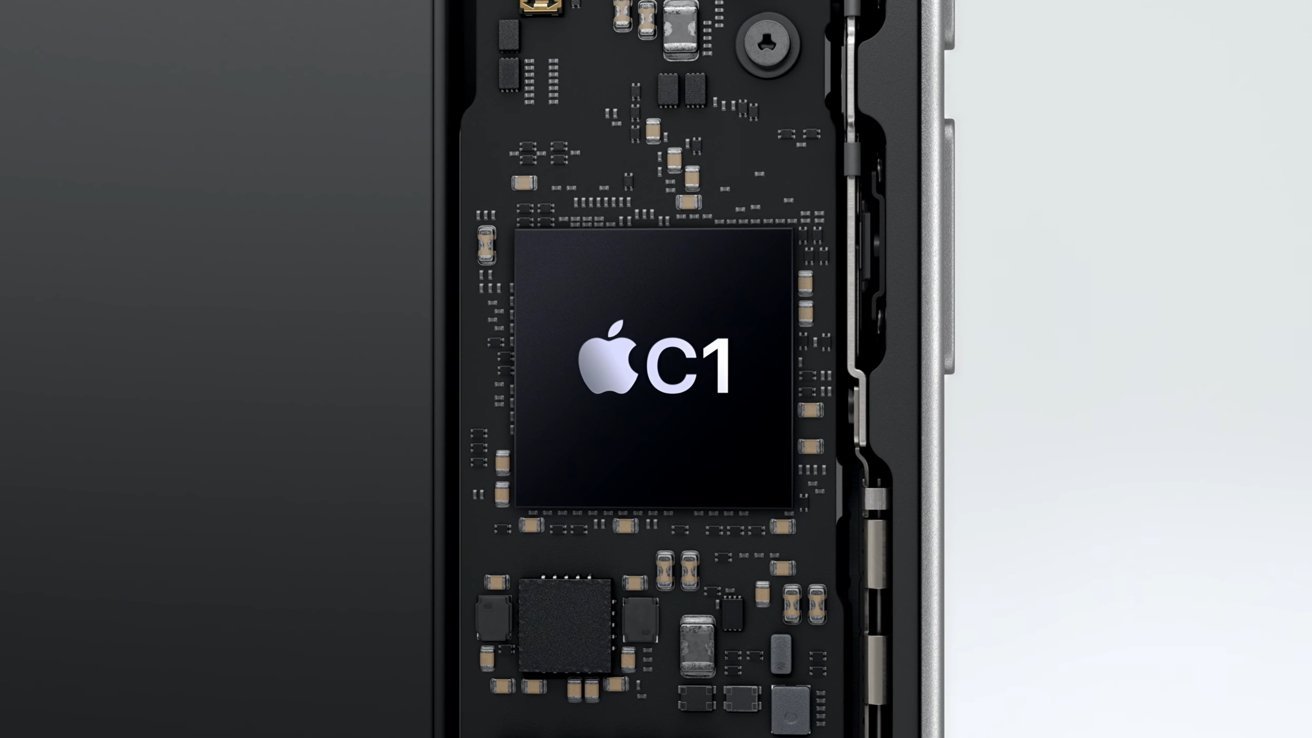Apple has underplayed the introduction of its first in-house cellular modem chip in the iPhone 16e, but future versions could be incorporated into the A-series chip, and even M-Series down the road.

The C1 chip is speculated to eventually be folded into A- and M-series SoCs.

The C1 chip is speculated to eventually be folded into A- and M-series SoCs.
The latest iPhone model includes a unique piece of tech: the Apple-designed C1 chip to handle cellular communication, replacing the usual Qualcomm cellular modem. Currently seen as simply a way to avoid paying Qualcomm fees for similar functionality, the C1 may herald some big changes to future iPhones and other devices — including Macs.
A new report from Bloomberg speculates that the technology of the C1 will later be integrated onto Apple’s System-on-Chip (SoC) main processors.